Hunan, a province located in central China is a brazen mix of opposites, old and new, clatter and calm, traditional and trendy. It is a region of mountains, rivers, lakes and urban areas. China’s most revered leader Chairman Mao was born here. The peaks of Zhangjiajie National Park provided an excellent setting for the film Avatar. In particular, the striking pillar, now known as Hallelujah Mountain, represented the floating mountains in this popular film. Changsha, its capital city, lies on the banks of the Xiang River, the largest river in this province. Many aspects of this lively province come together along Pozi Street in Changsha.
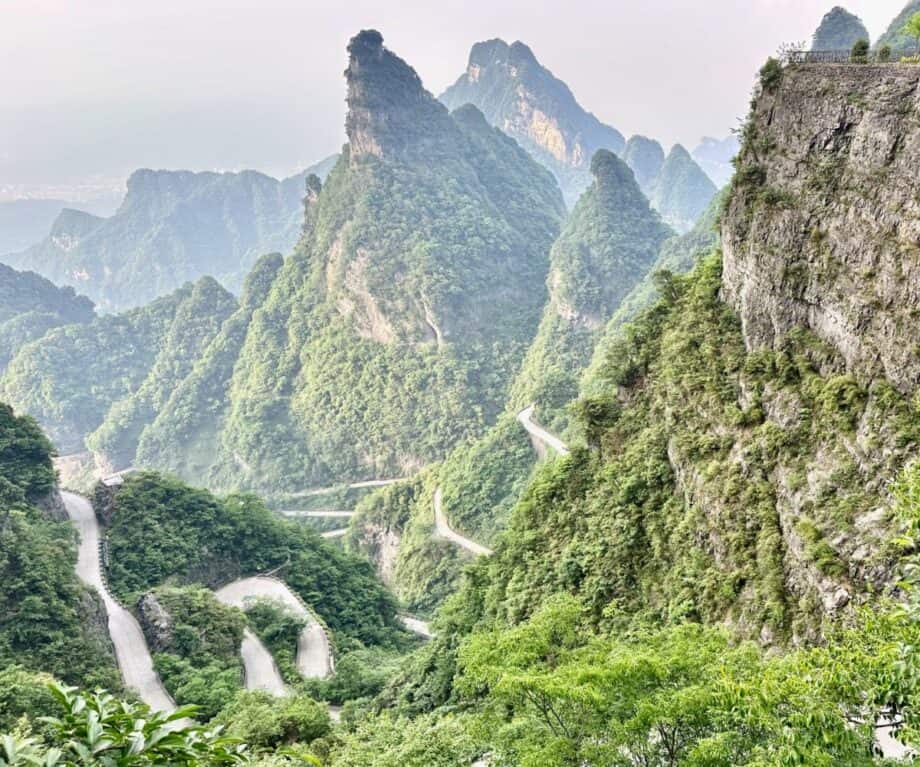
Walk along Pozi Street in Changsha
Pozi Street is a fusion of traditional China and trendy China. Walking along this street visitors can pass under a massive LED screen leading to a modern shopping mall in one direction. Or stroll pass typical Chinese architecture and into the busy courtyard in front of the ancient Fire Temple now occupied by the Fire Temple Restaurant. Dance groups entertain with cultural displays in this area.
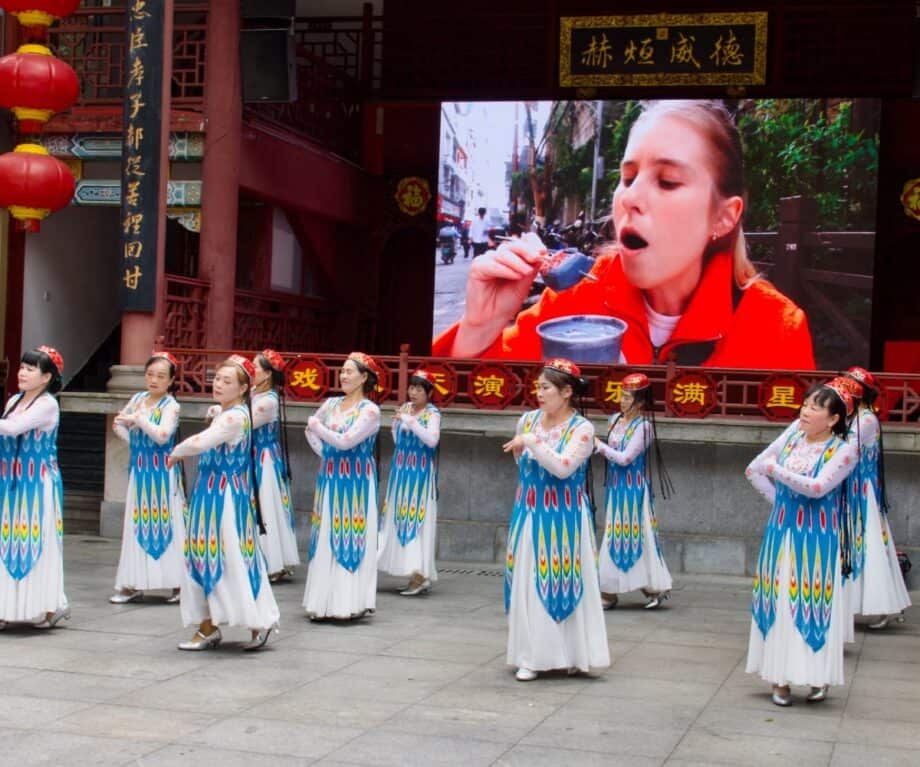
The entire length of this street is peppered with small stalls laden with delicacies enjoyed by the local population including the cooked, flattened carcases of ducks a popular local delicacy. Branching off the main thoroughfare a shabby alley hung with red Chinese lanterns leads into a traditional Chinese food market. On display here are skewers of every insect imaginable from large scorpions to small mealy worms. If bugs are not appealing there is also a huge variety of skewered fresh vegetables including local favourites like sliced lotus root and baby Asian cucumbers.
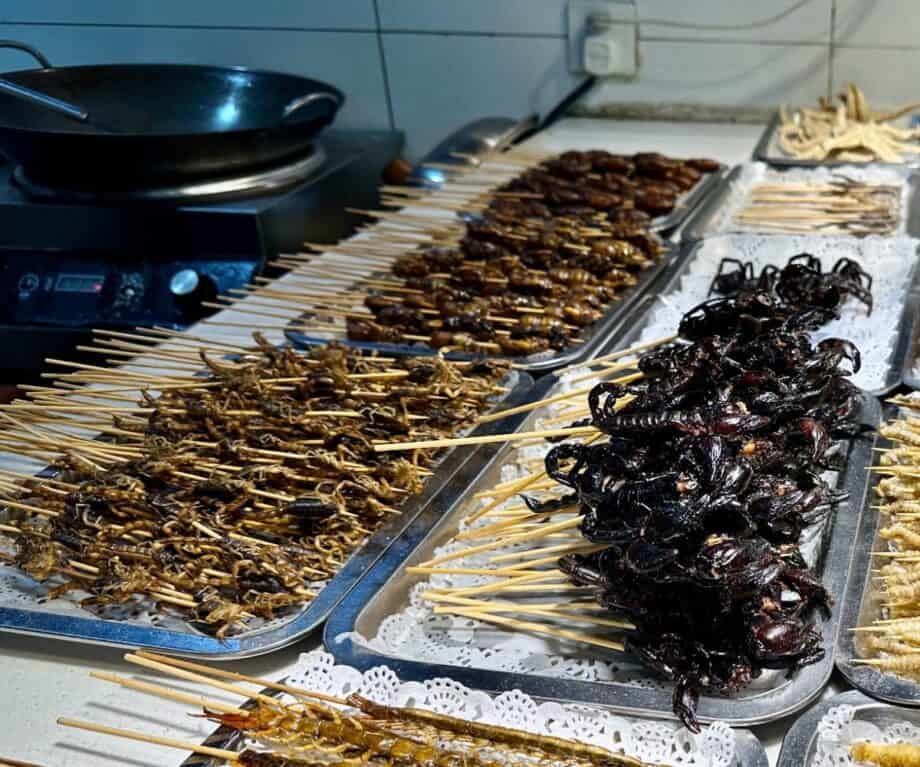
Cruise along the Xiang River in Changsha
Changsha is the capital of the Hunan province in China sprawling along the banks of the Xiang River, sometimes referred to as the Xiangjiang River. This modern city has a skyline spiked with skyscraping buildings and hotels including the Meixi Lake Hotel that boasts fifty floors. At night the buildings along the river bank light up. Bright, constantly changing colours flow across these steeples of windows. Illuminated boats and the dark shadows of working boats travel up and down the watery expanse passing through the reflections of the multi-hued buildings beside them.
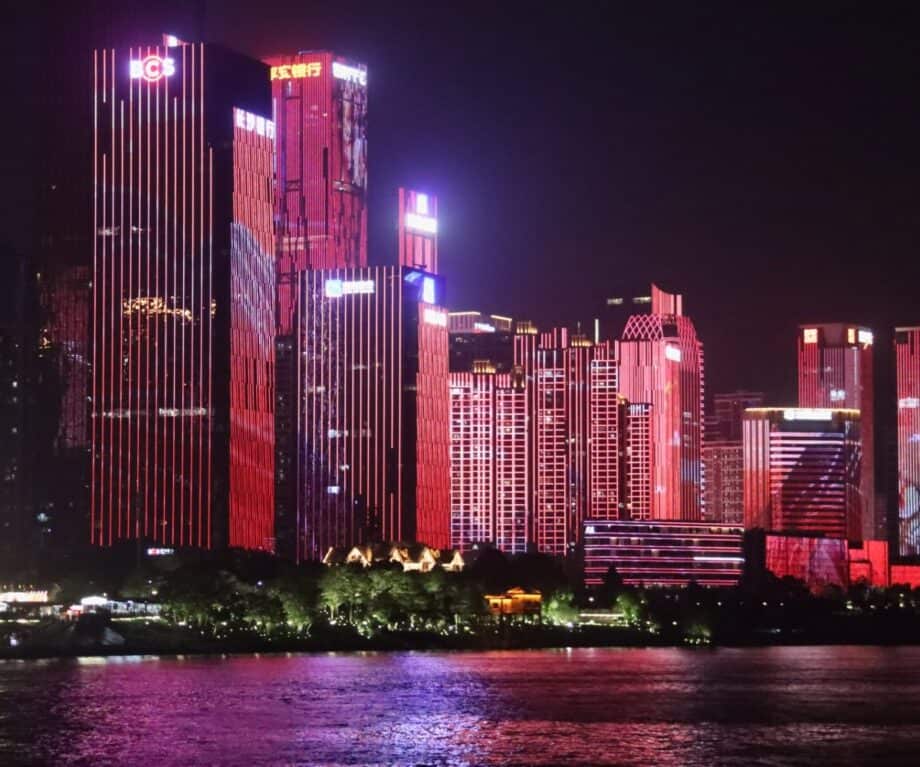
This cruise goes around Orange Island, a long, narrow island famous for producing good quality oranges. It is also renowned for the huge sculpted head of Chairman Mao Zedong as a young man. The shoulders of this statue are large enough to incorporate an exhibition centre beneath them.

Explore the Tianmen Mountain in Zhangjiajie
Catch the high-speed bullet train from Changsha to Zhangjiajie to enjoy the spectacular scenery that surrounds the town including the Tianmen Mountain is part of the Tianmen Mountain National Forest Park, one of two national parks here. This huge, natural playground offers a day of entertainment starting with an ascent to its peak in the longest cable car in the world.

Walkways from the top of this mountain lead to the start of the glass walkway. It juts out from a sheer cliff face, nearly 1500 metres above the valley below. Prior to stepping on to the glass panes that offer wonderful views of the scenery below, visitors have to cover their shoes with the cloth slip-ons provided to protect the glass. This sturdy construction is a thrilling way to enjoy the spectacular scenery surrounding the Tianmen Mountain.
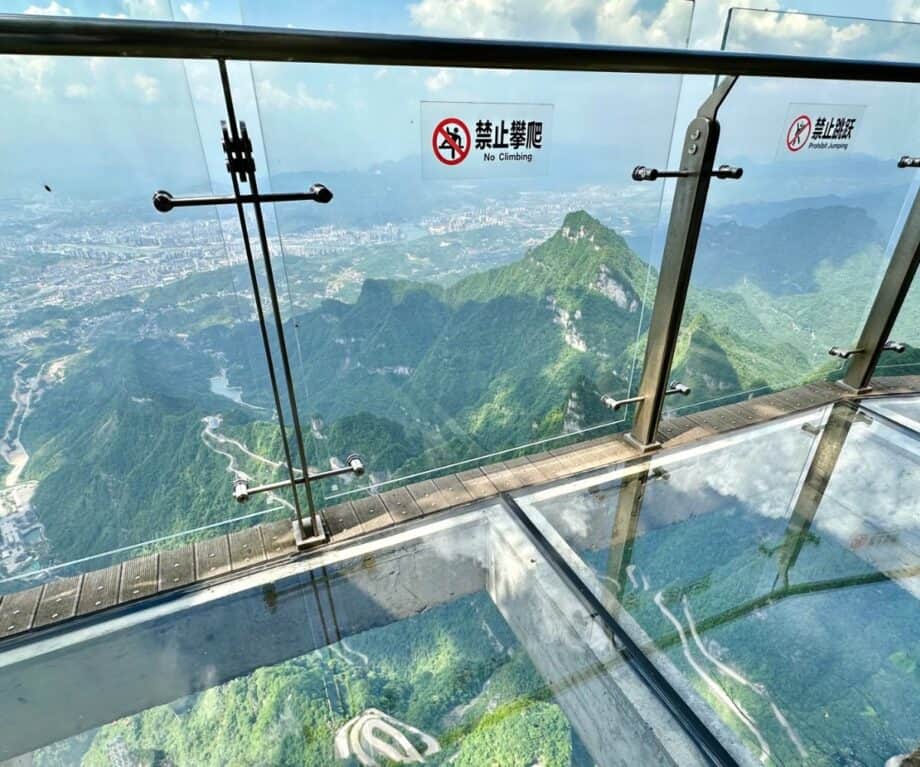
After navigating the glass walkway another series of footpaths lead to the plank road, a wooden walkway suspended on giant pillars skirting the cliff face. Walkers on the plank have a clear view of the Tianmen Academy. This building, on the holy site of the mountain, was constructed in 1352 to replace the original academy that was built in 1303.

The Heaven-Linking Avenue with 99 acute turns symbolizing the nine palaces of Heaven snakes across the valley below. Its zigzag turns are impressive and offer an alternative route to ascend the Tianmen mountain using the park’s shuttle bus service. But finally, all paths lead to the Tianmen Cave. But an easier alternative is a series of twelve escalators. At the bottom of the seventh escalator visitors can walk out on to the platform below the Heavenly Gate a large opening in the Tianmen Mountain. There are two alternative methods to descend to the square below – a steep stone staircase of 999 steps or the last five escalators.

Watch the Mount Tianmen Fox Fairy Show in Zhangjiajie
This gripping spectacular takes place in the foothills of the Tianmen Mountain in a huge set cleverly incorporating the natural elements of the area. The show re-enacts the legend surrounding the love of the Fox Fairy, a white vixen with 9 tails, for the local wood cutter. Although she is already betrothed to the Fox King, for a wood cutter she finds her true love when they meet by chance. It is a complicated tale but the audience are kept informed through comments on illuminated information boards. The strange translations are all part of the fun.
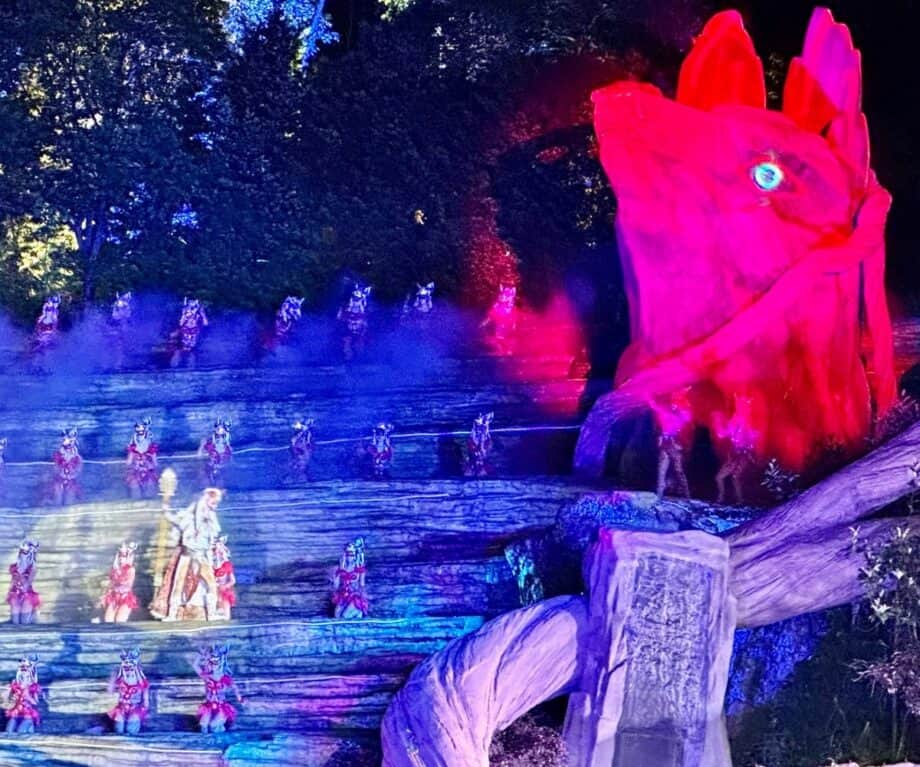
More impressive than the legend is the Tianmen Fox Fairy Grand Theatre itself. This natural stage features ancient trees and the rocky bed of the canyon in which it is situated. It is divided into two sections. On the left side a cluster of wooden stilted Tujia houses form a village that represents the human world. One of the houses moves centre stage when this world meets the fantasy kingdom of foxes based on the stones and caves to the left of this vast stage. The large cast includes a choir in traditional dress that provides some background singing as the story unfolds. An evening of entertainment not to be missed.

Visit the Junsheng Sandstone Painting Gallery in Zhangjiajie
Junsheng Sandstone Painting Gallery features the work of local artist Li Junsheng and his students. Junsheng is the founder of the sandstone painting technique. He takes his inspiration from the landscapes surrounding Zhangjiajie where the gallery is based. He also uses the natural materials found in this area including sand, pebbles and plants to create works of art that closely resemble traditional Chinese art. On four levels, the ground floor is dedicated to the work of Junsheng and it is only by stepping closely to the pictures that it is possible to appreciate the intricacy of these 3D works of art. In this space there is also an impressive display of the colours he has developed from natural materials and a central feature created from the raw materials he incorporates in his pictures.
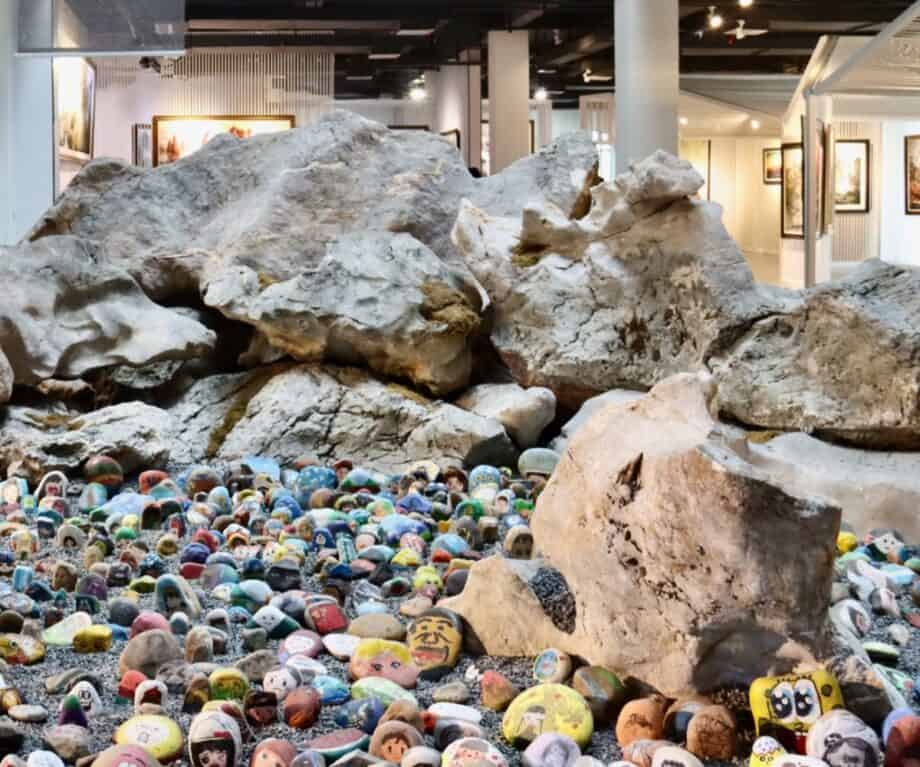
English speaking curators are on duty to explain the development of sandstone painting also referred to as “green painting” and “environmental painting”. Only they can open the heavy wooden doors that protect an exquisite scene representing the artist’s home town. Li Junsheng came from a poor family but managed to save enough money to attend the fine art school in Changsha. His desire to create art from natural materials was inspired by coloured stone decorations on the walls of houses to paint with coloured sand and stone. The popularity of these paintings inspired him to continue developing this technique, moving on from landscapes to portraits and abstract art. His techniques are taught at the Junsheng Art Academy and the Sandstone Painting Gallery opened in 2001. Visitors can take photos of the pictures displayed on the ground floor as a souvenir of their visit. Photography is not allowed on the upper floors but the art displayed here is for sale.

Getting there
Hainan Airlines operates direct flights to Changsha and there is a bullet train service from Changsha to Zhangjiajie. Wendy Wu Tours, the Asia specialists, incorporates the Hunan province in several of their wide range of tours to China.
Did you enjoy this article?
Receive similar content direct to your inbox.
Please enable JavaScript in your browser to submit the form

